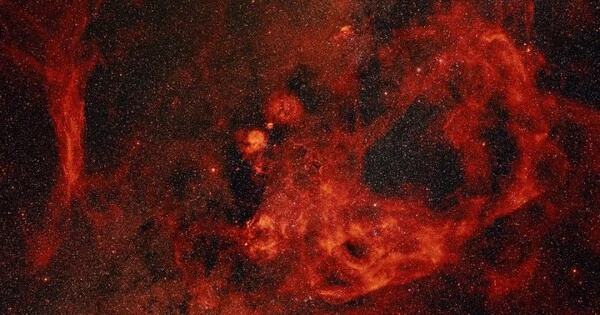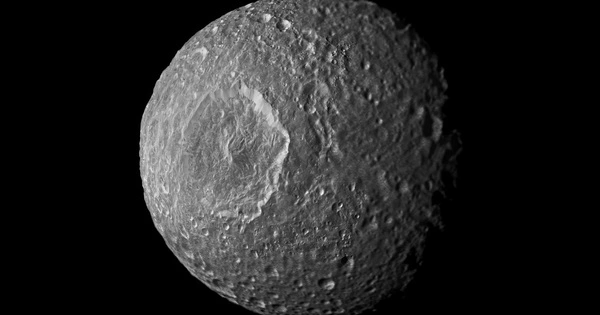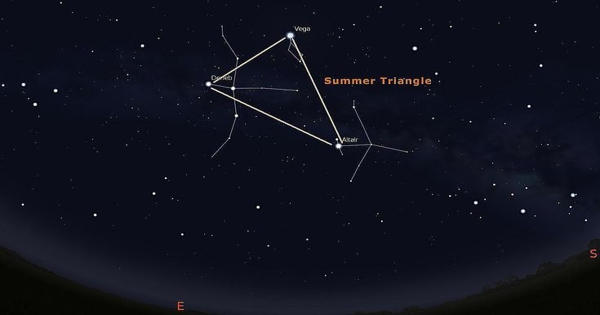The Gum Nebula (Gum 12) is a 36° emission nebula in the southern constellations Vela and Puppis. It is approximately 450 parsecs away from Earth. It was difficult to distinguish because it was widely assumed to be the greatly expanded (and still expanding) remains of a supernova that occurred about a million years ago. Recent research suggests that it is an evolved H II region. It is home to the 11,000-year-old Vela Supernova Remnant as well as the Vela Pulsar.
This nebula is difficult to identify, but it is widely assumed to be the greatly expanded remnants of a supernova explosion that occurred approximately a million years ago. This extensive area of ionized hydrogen is still expanding, and some research has indicated that it may be an evolved H II region. This nebula is invisible to the naked eye, but it can be brought to life quite clearly through long-exposure astrophotography and/or photo stacking.
The Gum Nebula is a vast and complex structure, spanning over 36 degrees of the sky (equivalent to 70 full moons lined up). It is estimated to be around 450 light-years in diameter and located about 1,000 light-years away from Earth. The nebula is composed of a mixture of ionized hydrogen gas, dust, and other interstellar material. It is also associated with a number of star-forming regions, including the Vela Molecular Ridge and the Vela Supernova Remnant.

The Gum Nebula contains about 32 cometary globules. These dense cloud cores are subject to such strong radiation from O-type stars γ2 Vel and ζ Pup and formerly the progenitor of the Vela Supernova Remnant that the cloud cores evaporate away from the hot stars into comet-like shapes. Like ordinary Bok globules, cometary globules are believed to be associated with star formation.
The Gum nebula was photographed with high-speed Kodak film during Apollo 16 while the command module was in the double umbra of the Sun and Earth. It bears the name of its discoverer, Australian astronomer Colin Stanley Gum (1924–1960). Gum published his findings in a study of diffuse southern H-alpha nebulae in 1955.
The Gum Nebula is one of the largest and most striking examples of a diffuse emission nebula in the sky. It is best observed from the southern hemisphere, where it can be seen as a faint glow in the constellation of Vela. It is an important object for astronomers to study because it provides insight into the processes of star formation and supernova explosions. It has been extensively studied using radio, infrared, and X-ray telescopes, which have revealed the complex structure and dynamics of the nebula.
















